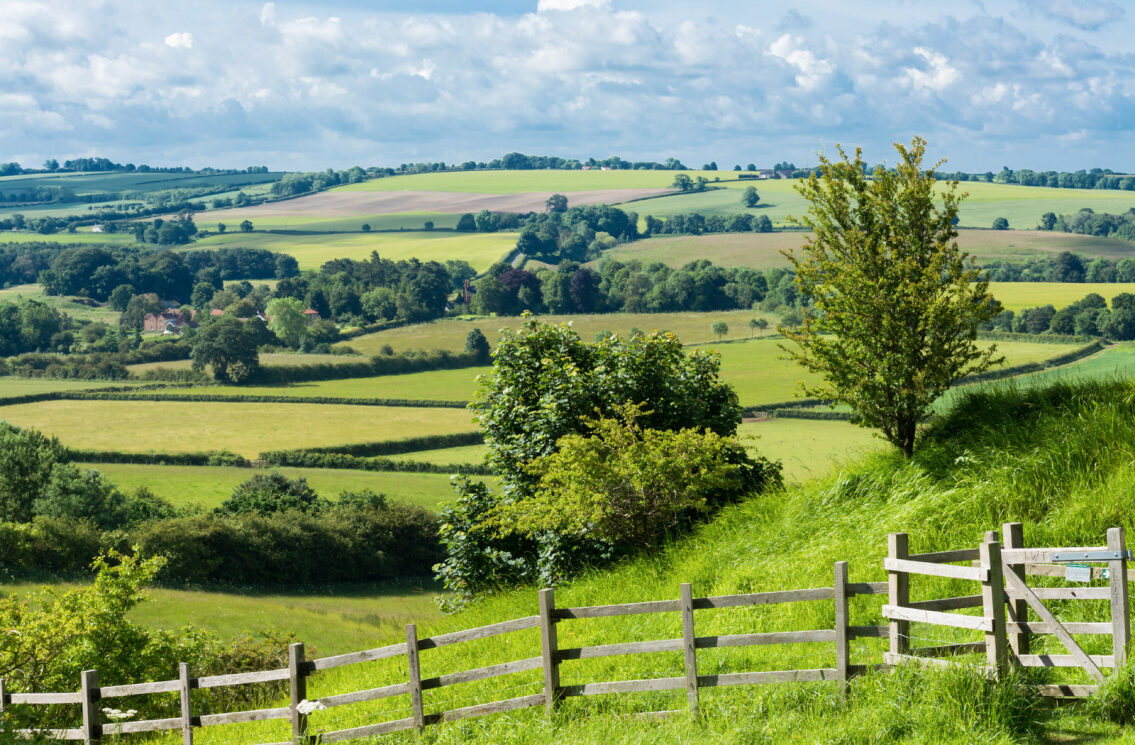These systems integrate data from multiple sources such as weather forecasts, soil conditions, crop characteristics, market prices, and farm operations to provide users with valuable insights and recommendations.
The key components of DSS in agriculture typically include data collection, processing, analysis, and presentation. They leverage technologies such as geographic information systems (GIS), remote sensing, and data analytics to generate actionable information for users. DSS can be used for a wide range of purposes in agriculture, including crop planning, irrigation scheduling, pest and disease management, resource allocation, and financial planning.
By utilizing DSS, farmers can optimize resource use, enhance productivity, reduce risks, and improve profitability. These systems enable users to simulate various scenarios, evaluate potential outcomes, and identify the most suitable courses of action. Additionally, DSS can help in complying with regulatory requirements, implementing sustainable practices, and adapting to changing environmental conditions.
This Topic page is a place where DSS tools and databases can be collated and shared. Please explore the DSS resources and initiatives under 'Connected Content' and share any that are not already on FarmPEP by creating a page and adding Decision Support Systems (DSS) as a connected topic.


